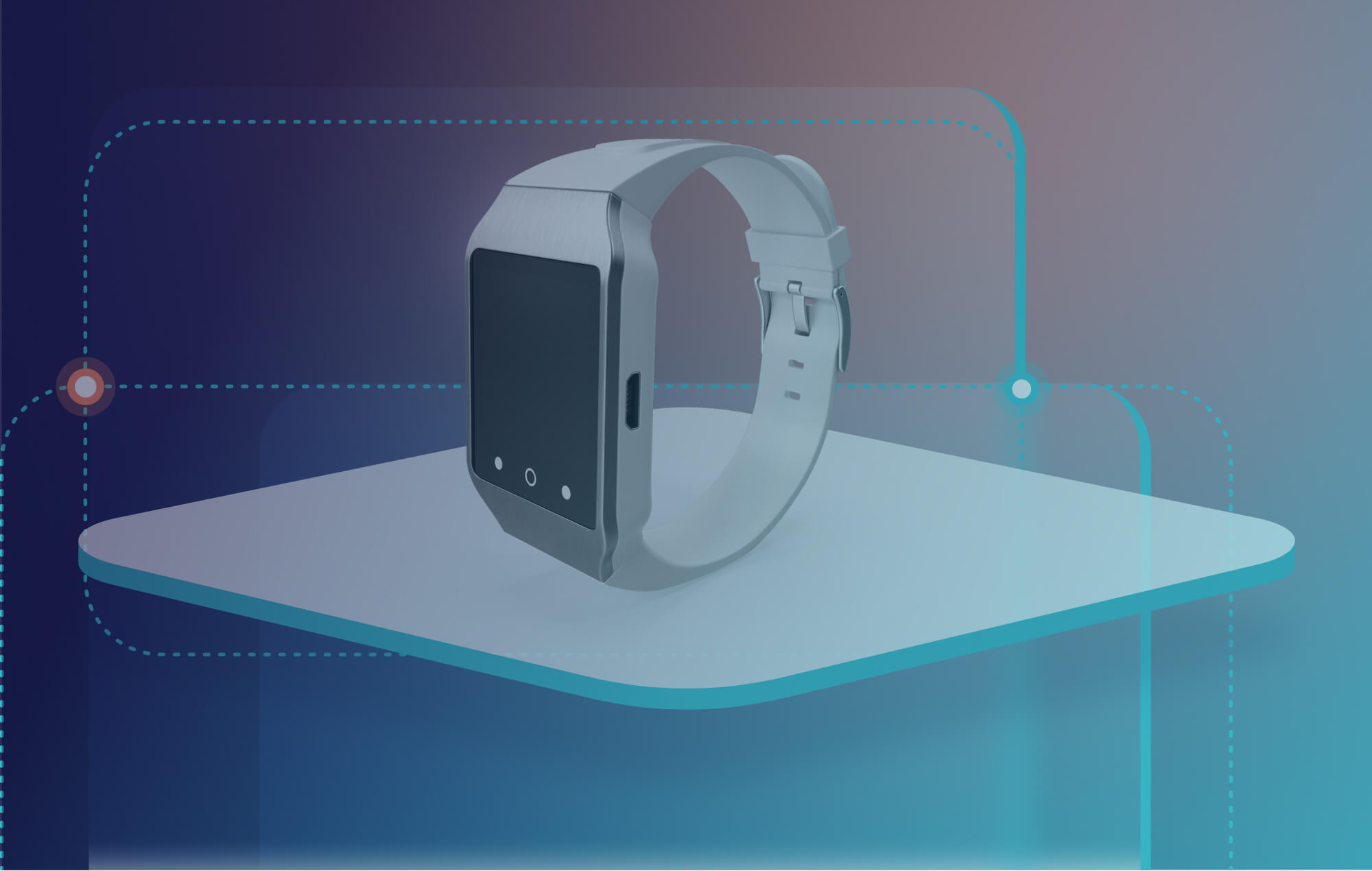Share
As edge computing and hardware capabilities enable new IoT use cases across consumer life and industry operations, device reliability engineering (DRE) techniques are quickly becoming critical to development. These techniques arm your team with a more scalable and sustainable strategy to build and operate highly reliable IoT and edge devices.
But what exactly is DRE, and how can IoT firms put it into practice effectively?
What is Device Reliability Engineering?
Device Reliability Engineering (DRE) is a set of principles and practices that incorporates aspects of software development and applies them to IoT and edge device development, maintenance, and improvement. Using software to automate the operations of IoT and edge devices is a more scalable and sustainable strategy than manual intervention — especially as IoT applications continue to grow in complexity. DRE adopts a hardware development approach akin to how software reliability engineering (SRE) approaches software development.
By harnessing the power of DRE, customers can not only expedite the delivery of IoT and edge devices but also significantly reduce potential risks associated with their deployment.
A practice that originated in the early aughts and credited to Ben Treynor Sloss, SRE empowered engineers and operations teams to use automation and software to manage product systems and solve problems. For better scalability and sustainability, it enabled managing large systems through code.
For decades, software engineers have relied on SRE to improve system and software reliability. Until recently, hardware engineers have lacked access to similar tools when building connected devices.
Why DRE?
Historically, developers have spent no small amount of time trying to build a bug-free product. It’s understandable. Most are under incredible internal pressure to do so considering the high cost of investing in firmware: estimates put the cost per line of code between $20 and $40. But if pressed, every hardware developer will admit the hard truth: you will ship bugs. No matter how strong your QA team is or how many hours you spend testing, there will be a bug—likely many—that will surface in production.
Device Reliability Engineering concedes that bugs will surface and equips firmware engineers with the tools to build better devices despite that reality. It offers critical processes for updating, monitoring, and debugging products while accelerating time to market and making products better overall.
Key Benefits of DRE
In essence, Device Reliability Engineering lets IoT companies build better products faster.
Using DRE, developers can:
- Accelerate time to market: DRE introduces an agile workflow that allows for shipping a minimum viable product (MVP) and iterating. Instead of freezing development for general manufacturing, using DRE, teams can freeze firmware in an incomplete state and update the device after it’s been shipped. It allows teams to shorten product development and QA time without sacrificing device quality and performance for more confident device shipments.
- Increase predictability for resource planning: Instead of retrofitting SRE solutions to meet hardware needs or building a suite of custom diagnostic tools, DRE provides an enterprise-ready solution. You can scale without needing to incur more costs or hire additional people to build and maintain internal systems.
- Build more feature-rich products: Over-the-air (OTA) update management paired with real-time monitoring empowers engineers to experiment with lower risk. Teams can get more control over releases by updating devices in staged rollouts, enhancing existing features for cost savings, and reducing service costs by implementing features like a new communication protocol to reduce cellular bandwidth usage.
- Elevate customer loyalty and brand recognition:
After shipping devices, teams can monitor mission-critical metrics such as memory usage, connectivity state, battery life, and more, getting instant visibility into device fleet health along with potential bugs, affected versions, and frequency of those issues. Device makers can discover and debug issues often before customers become aware of them, leading to an improved customer experience. Quick issue resolution coupled with frequent feature releases ensures fewer customer complaints and increased customer loyalty. - Improve cross-team collaboration: Decrease communication overhead and enable all teams to monitor device data and resolve issues on one platform with data and without engineering intervention.
Interested in adopting DRE? Let Memfault help. The Memfault platform provides Device Reliability Engineering on any platform (MCU, Linux, Android / AOSP). From product design to post-production feature updates and enhancements, Memfault can give you the tools to build a more reliable IoT product. Book a demo today.




